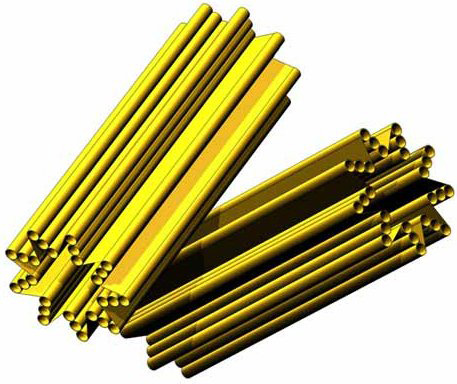

The centrosome is the main microtubule organizing center (MTOC) of the cell. It is composed of two orthogonally arranged centrioles surrounded by an amorphous mass of pericentriolar material (PCM). Centrosomes are associated with the nuclear membrane during interphase of the cell cycle. In mitosis the nuclear membrane breaks down and the centrosome nucleated mictrotubules can interact with the chromosomes to build the mitotic spindle. The centrosome nucleates and organizes microtubules. It plays a central role in mitosis, and in making cilia and flagella.
Higher eukaryotic cells possess a centrosome. Yeast cells have a spindle pole body (SPB) which is equivalent to metazoan centrosomes. The spindle pole body differs from the centrosome in many ways, the major difference is the lack of centrioles. Typical plant cells do not have centrosomes or anything analogous to them in size, function or organization, but have a number of noncentrosomal MTOCs that lack centrioles.
Interestingly, centrosomes are not required for the progression of mitosis. When the centrosomes are irradiated by laser, mitosis proceed normally with a morphologically normal spindle. However, acentrosomal cells lack radial arrays of astral microtubules. They are also defective in spindle positioning and cytokinesis. The function of centrosome in this context seemed to ensure the fidelity of cell division, rather than directing it. Cells that have lost their centrosomes arrest in the following cell cycle. It is not yet clear whether this is because the centrosome plays a role in cell cycle progression or whether the arrest is the resullt of a generic stress response.